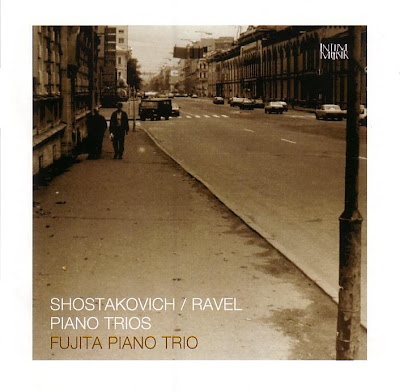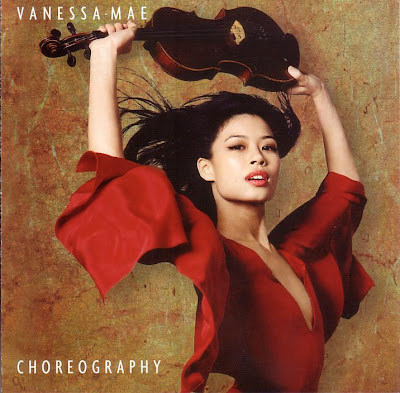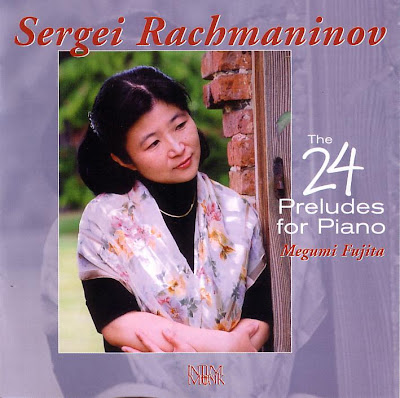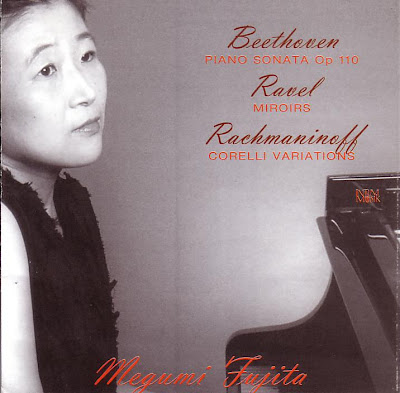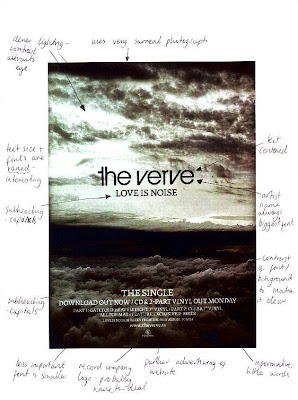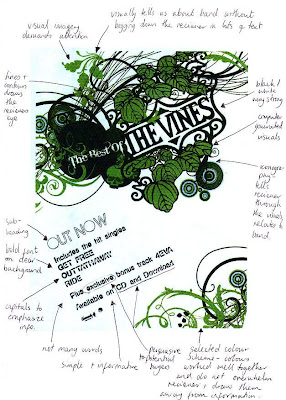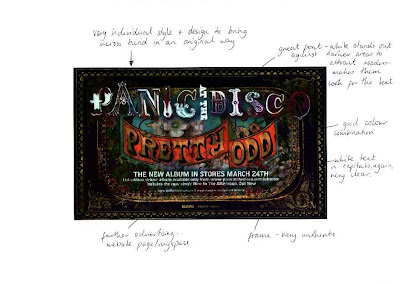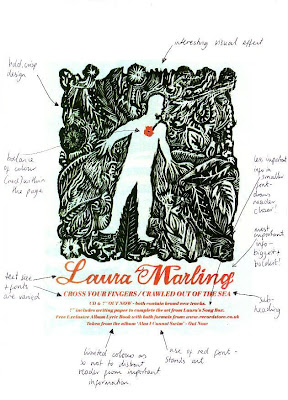How is a music video made?Stages:
1. The label, artist(s) and management agree what to release as a single.
2. The video commissioner makes a shortlist of possible directors.
3. The video commissioner sends the track with a broad brief, summarising ideas for the project, to shortlisted directors.
4. Directors provide outline treatments to the video commissioner.
6. The director develops the idea with storyboards and location photos.
7. An art director, wardrobe people and director of photography are enlisted, locations are booked, sets are designed.
8. The sets are built.
9. All personnel are on site for the shoot.
10. Shooting complete, the film is transferred to the tape for editing.
11. The editor produces a rough-cut, which usually takes about three days.
12. The label, artist(s) and manager view and comment on the rough-cut.
13. Changes are agreed and made before visual effects are added.
14. Online finished video is passed to label to release to TV stations and airplay in advance of single release.
The key institutional players in all this are the record company, the video production company who employs the director and the music TV channels.
The record company signs up an artist or band, and pays him/her/them an advance. The advance covers most of the costs of releasing the single including marketing costs. The record company employs a video commissioner who develops a brief for the video, including the budget and deadline and sends it with the music track to one of more directors.
The video production company represents a director within a particular territory. The company acts as an agent on behalf of the director, seeking work for them and negotiating with the client and also produces the video.
The director listens to the track, looks at the lyrics and outlines a proposal. This may vary from an outline script to an animated storyboard indicating a general idea for the video and this is then sent to the client. The next stage is to produce a detailed budget with the record company and commissioner which is concluded in a meeting.
Once the budget is fixed, the production unit get to work. The key members of the unit are:
- Production designer, in charge of the sets and overall image.
- Director of photography, in charge of lights and cameras
- Production manager, in charge of logistics, such as location and props
- Choreographer, depending on the artist and type of video
- Production assistant, who keeps records to ensure continuity
- Wardrobe person, make-up artist and stylist
- Additional crew members, such as camera operators, electricians, grips, runners, set constructions etc.
ShootingA shoot usually takes about five days of preparation and one or two days of actual camera time. Whatever the budget, the job of the director is to make it look as good as possible for the money, but shooting costs can be high. After the shoot, the producer and production assistant spend a day or two wrapping up the whole event, as well as getting invoices from unit members and cast so that everyone gets paid.
EditingThe shoot only produces the raw material, not the finished product. Back in the 80s and 90s most music promos were actually shot on film, the first stage was it for to be sent to a lab for processing. Due to latest technology, all filming is now digital and has greatly eased the editing process. While low-quality at first, consumer digital video increased rapidly in quality, first with the introduction of playback standards such as MPEG-1 and MPEG-2 (adopted for use in television transmission and DVD media), and then the introduction of the DV tape format allowing recording direct to digital data and simplifying the editing process, allowing non-linear editing systems to be deployed cheaply and widely on desktop computers with no external playback/recording equipment needed.
